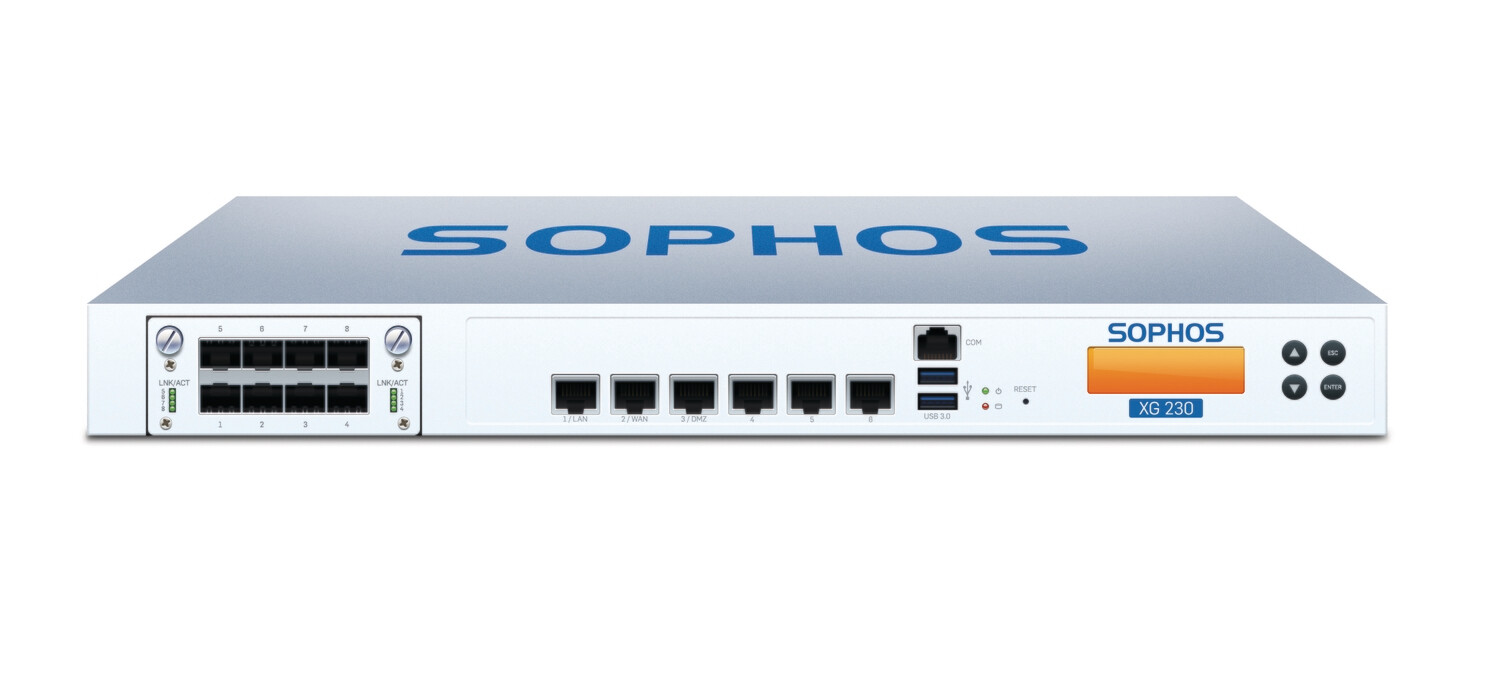You can deploy an XG Firewall OVF image in a VMware environment.
- Go to XG Firewall free trial and download the .zip file containing the XG Firewall OVF image. Extract and save the image on the device that has the vSphere client installed.
- To deploy the OVF image, follow these steps:
- Use the vSphere client to sign in to the VMware host server using its IP address, username, and password.
- Go to File and select Deploy OVF Template.
- Select the file sf_virtual and select Open. When the file path opens in the vSphere client, select Next.
- Verify the OVF template details.
- Specify a name and location for the OVF template.
- Select the host or cluster within which you want to deploy the OVF template.
This image shows deployment on a standalone server. Configuration can differ in cluster environments.
- Select the storage format to install the OVF template:
- Thick Provision Lazy Zeroed: Space required for the virtual disk is allocated during disk creation. Data remaining on the physical device is not erased during creation, but is zeroed out on demand later on first write from the virtual machine. You can’t convert this disk to a thin disk.
- Thick Provision Eager Zeroed: Supports clustering features such as Fault Tolerance (FT). Space required for the virtual disk is allocated at the time of creation. Data remaining on the physical device is zeroed out when the virtual disk is created. May take longer to create disks in this format.
- Thin Provision: Minimum space required. Use this format to save storage space.
For details, go to VMware disk provisioning policies.
- Select the networks to be used by the OVF template.
- Verify the deployment settings and select Finish.
XG Firewall will be installed on the server.
- Configure XG Firewall.
- Right-click XG Firewall. Select Power and then select Power on.
- Enter the administrator password admin.
- From the management device, go to https://172.16.16.16.
- Select Start to open the initial setup wizard and complete the basic configuration.Caution The wizard won't start if you've changed the default password from the CLI console.

Sophos Appliance Datasheet
The Sophos Web Appliance is designed to function as a web proxy that provides HTTP security at the gateway. Potentially risky content is scanned for various forms of malware. URL requests are compared to the Sophos site list, in which sites are assigned a risk class and a site category. The Sophos Web Appliance is designed to function as a web proxy that provides HTTP security at the gateway. Potentially risky content is scanned for various forms of malware. URL requests are compared to the Sophos site list, in which sites are assigned a risk class and a site category.
